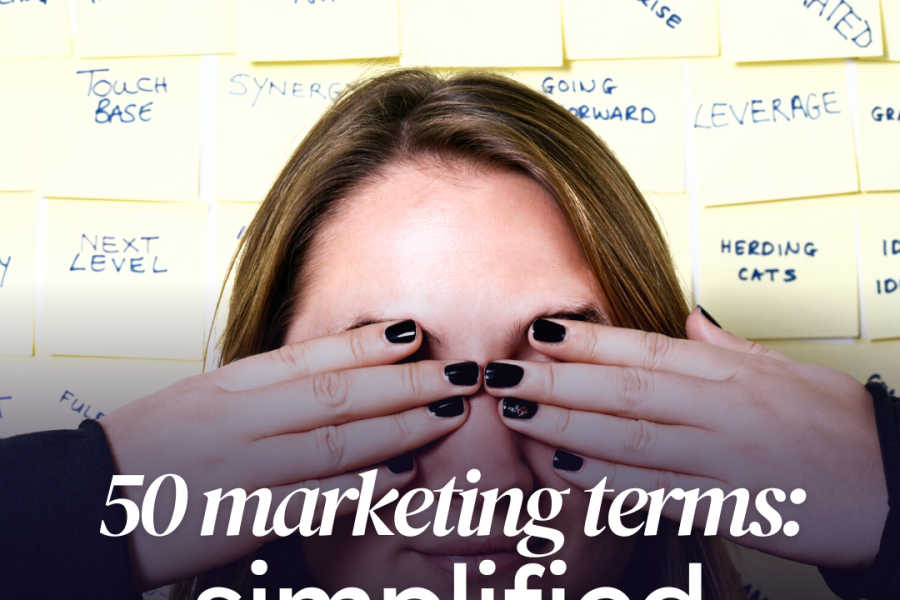A social media uproar erupted in 2022, as a result of LinkedIn adding the “laughing emoji” to their library of “reactions” emojis. Intriguingly, it was one of the most frequently asked-for requests they had received.
Why then was this such a big deal?
Due to their social nature, humans have a natural need to interact with and connect with other people. What could be more effective for digital communications than emojis?
A few years ago, would you have imagined that a professional social media site like LinkedIn would include emoji reactions? Probably not.
Emojis are used online by 92% of the world’s population, according to Unicode, the international standard for text and emojis. Additionally, a recent TextAnywhere study found that more than 44% of Britons use emoticons in their emails and messages for work.
Emoji usage has grown rapidly throughout the world, from everyday text messaging to the workplace and even customer interaction efforts.
Here are the main advantages, concrete examples, and best practices for emoji marketing to get you started if you’ve been considering include it in your marketing plan.
Emoji marketing for client involvement has the following advantages:
Put a face to your brand
Customers relate emojis to emotional expression. They are hence among the most intimate types of virtual communication.
Even a small number of emojis can give your messaging more nuance and authenticity. Your brand will become more approachable and personable as a result of the innovative and engaging connections you may make with your customers.
Helps with messaging
Humans can communicate their feelings through various facial expressions when speaking face-to-face.
Along with gestures, body language, tone of voice, and other contextual signals, facial expressions are used to convey meaning. Emojis, on the other hand, give you the necessary tools to master your digital communication in the virtual world where these contextual cues are absent.
Bridges linguistic barriers
Anyone from anywhere in the world can comprehend emojis since they are a universal language. Emojis can therefore assist you in establishing the proper meaning, tone, and brand voice even when words are unable to do so.
Emojis can also assist you communicate with your audience in their preferred language as virtual communication techniques change quickly.
Emoji marketing is possible on the following digital channels:
Social media
One of the best platforms for brands to interact personally with their customers is social media. It makes sense that this is where emojis are most frequently used.
In an environment when every other brand is attempting to increase engagement through email marketing, how can your email message stand out?
The answer? In your email subject lines, use a few emojis and preview the text.
Without emojis, email subject lines and content can suddenly come off as boring. However, incorporating emoticons into your email marketing plan helps to give your messaging personality.
Push notifications
More companies are experimenting with rich media in their push alerts, as we can see. However, research indicates that the use of emojis alone can increase push notification open rates by 85%.
SMS or text messaging
In North America and Europe, text messaging is becoming a more popular marketing medium. It is one of the most widely used emoji channels right now.
Why? Emoji use in SMS necessitates adopting the Unicode standard to send the entire text message. Because of the character limit, marketers cannot deliver messages that are longer.
Here’s how to use emoji marketing in your customer engagement strategy:
Choose emojis that are consistent with your brand voice and use them across all channels
- The Unicode standard currently contains 3,633 emojis. This indicates that there are more than 3000 possibilities available to you. However, you should only select those that are pertinent to your brand’s essence.
- Additionally, avoid using weird emojis and instead stick to positive marketing emojis if you want to make your brand feel friendly.
- Keep in mind to emphasize uniformity when using emoji.
Plan your emoji approach after doing your study and learning what the selected emojis signify.
- If you don’t utilize the proper emojis, your message could be misunderstood. This can hurt the reputation of your brand.
Take a look at how different emojis appear on mobile devices before selecting one for your marketing initiatives.
- Unicode offers a detailed description of how your emojis appear on various gadgets, such as Android & iOS.
When selecting the kind and number of emojis to use, take the channel into account.
- Use less emojis in your email marketing campaigns. Emoji usage should be moderate to avoid spam filters and to increase open rates. Additionally, it will retain the reader’s attention on your message.
- On the other hand, you are free to try out different emoji combinations in your social media posts.
- Even within your social media strategy, take into account tailoring your approach to various platforms.
Choosing which and how many emojis to use requires consideration of the context and tone of the content.
- The holiday season is the perfect time to use many emojis in your subject line, according to studies, as customers are more receptive to reading wackier messages. But consider how people would respond if they received an email with a financial 👏 report 👏 with liberally used👏 ‘clap emojis’👏.
Use emojis that your customers will understand.
- Conduct research to identify trends in what your customers prefer and dislike.
- The ‘tears of joy emoji’ 😂 is the most popular emoji in the UK, according to a poll by the online smartphone store, e2save. The ‘hugging face emoji’🤗, ‘ok hand sign’👌, and the ‘flexed bicep emoji’ 💪 were ranked as the least popular.
Emojis shouldn’t be used excessively in marketing messages; only use them when essential.
- Overusing emojis can make your communication seem obnoxious
- From the standpoint of email marketing, it can make it more likely for your emails to end up in spam.
Utilize an intelligent content optimizer to carry out A/B testing.
- A/B testing enables you to evaluate the effectiveness of two different marketing campaign variations by contrasting them. Check the performance of your emails to check whether those with emojis or those without are doing better. For your push notifications, you can observe which emojis and how many of them are the most effective.
- Alternatively, adopting an intelligent content optimizer will save you time and effort by automating the A/B testing process for you in real-time.
Stay Ahead of the Curve: Emoji Marketing
Emojis are a potent tool for connecting with your audience, but you must be cautious when using them. Keep in mind that developing an effective customer interaction strategy requires insights. Additionally, not everything that works for one brand will work for you. Prior to testing out multiple iterations of your message, make sure to use your customer engagement platform to understand your audience. This will help you determine the best course of action.


